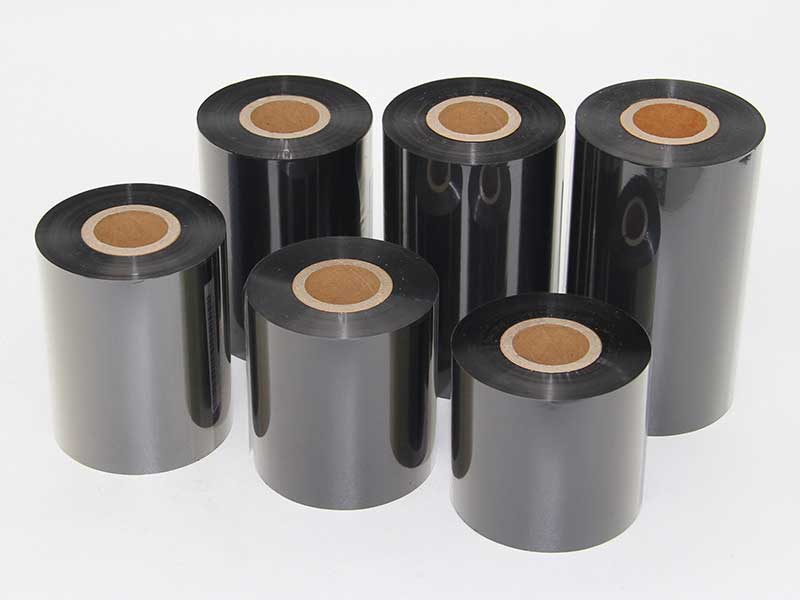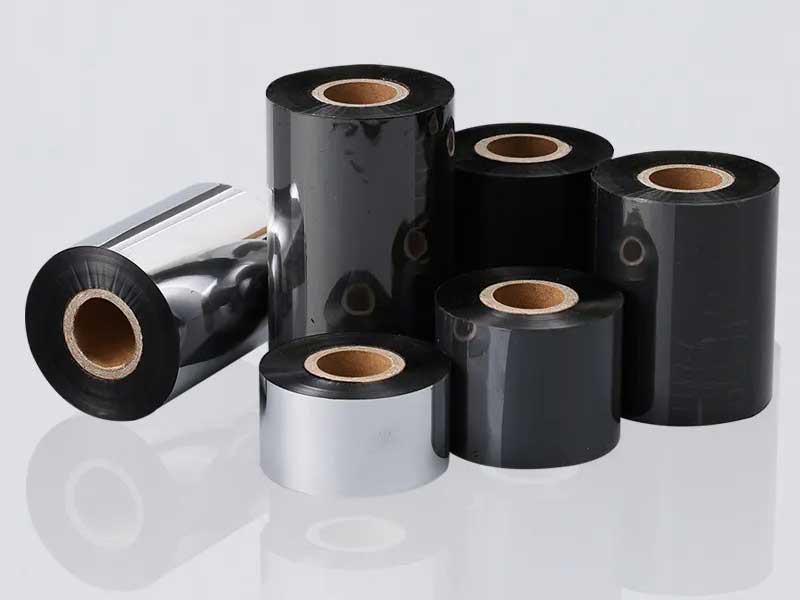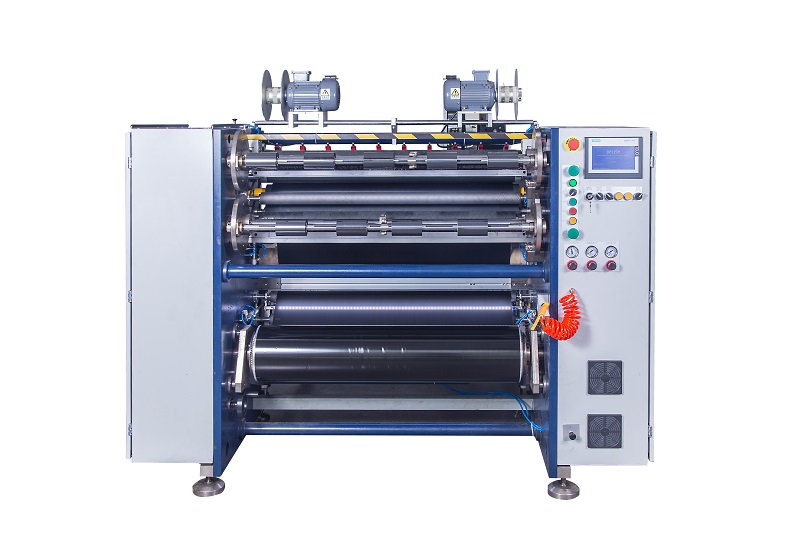In today's rapidly changing market with diverse demands, the flexibility of "one machine for multiple purposes" is no longer the icing on the cake, but the decisive factor for whether the ribbon slitting machine can create core competitiveness for enterprises.
A slitting machine that is not flexible is like a production line that can only produce a single product, and it is very easy to become passive when the market wind changes. So, how to judge whether your ribbon slitting machine truly has the ability to cope with the ever-changing market? We can look at it from the following core dimensions:

First, what are the aspects of the real "one machine for multiple uses"?
1. Material adaptability: Can it "take all" mainstream and special ribbons?
This is the most fundamental flexibility. Can your machine only handle simple wax-based or mixed-based ribbons? Or can you calmly meet the following challenges?
• High-end resin-based ribbon: Requires higher slitting tension control and more precise blades to ensure smooth and burr-free slitting edges and avoid powder loss during printing.
• Ultra-thin or extra-thick ribbons: Slitting ribbons of different thicknesses requires different tension parameters and pressure settings, does the machine have a wide and precise adjustment range?
• Special ribbons: such as washed cloth ribbons, transparent film ribbons, etc., these materials have unique characteristics and have special requirements for the slitting environment (such as static elimination) and tool sharpness.
2. Agility in Specification Switching: Can you achieve a quick response of "small batches, multiple batches"?
Market orders are becoming more and more fragmented, today 1,000 meters of 30mm ribbon is needed, tomorrow may need 500 meters of 53mm.
• Slitting width adjustment: Is it an automatic edge flanging system driven by a servo motor? This reduces width switching time from tens of minutes to tens of seconds compared to manual adjustment, and is extremely accurate and eliminates human error.
• Reel length setting: Is there an automatic shutdown function for fixed length? This is crucial for meeting customers' precise meter requirements and reducing waste.
• Rewinding diameter: Can it support different roll size requirements from small trial sizes (e.g. Φ20mm) to large industrial sizes (e.g., Φ150mm or more)?

3. Process diversity: Can it meet the special process requirements of different customers?
• Single Large Volume → Multiple Small Volumes: This is the most basic feature.
• Large rolls → Single rolls of small rolls (double rolls): Used to make samples or specific specifications.
• Slitting + splicing: whether the remaining ribbons of small coils can be automatically spliced, which greatly reduces material waste and costs.
• Dual station switching: Is it equipped with dual rewinding stations? This allows for automatic switching to another station after one station is fully retracted, achieving uninterrupted production and improving efficiency.
4. Intelligent and user-friendly: Can it be "one-click switching" instead of "cumbersome debugging"?
A flexible machine with the flexibility that should be easy to operate.
• Preset parameter library: Is it possible to save slitting parameters (tension, speed, pressure, etc.) of different materials and specifications as recipes? The next time you produce similar products, you only need to call with one click, without the need for experienced masters to repeatedly debug, which reduces the skill requirements for operators and ensures the stability of product quality.
• Human-Machine Interface (HMI): Is the touch screen intuitive and easy to use? Can critical data such as tension, speed, and length be monitored in real time and automatically alarmed or adjusted in case of deviation?

Second, what can the ribbon slitting machine bring you with the flexibility of "one machine and multiple uses"?
• Seize market opportunities: can quickly respond to customers' needs for small batches, diversification, and special ribbons, and have stronger order acceptance capabilities.
• Reduce comprehensive costs: reduce outsourcing processing costs caused by poor machine adaptability; Improve production efficiency by reducing commissioning time and waste of material changeovers.
• Enhance product competitiveness: It can produce higher precision and higher quality slitted ribbons to meet high-end printing needs.
• Enhanced resilience: When the market demand for a certain type of ribbon declines, you can quickly switch to other types of products to keep your business afloat.
Conclusion: Does your ribbon slitting machine have this flexibility?
Please review your existing equipment in light of the above points:
• If it can only handle a few materials, switching specifications is time-consuming and labor-intensive, relying heavily on the experience of the master...... Well, it may have become a bottleneck in your business's growth.
• If it has the characteristics of multi-material adaptability, servo automatic widening, intelligent parameter preset, stable and precise tension control system, then congratulations, you have a sharp weapon to cope with the ever-changing market.
All in all, in today's market environment, investing in a high-performance ribbon slitting machine with the flexibility of "one machine for multiple uses" is no longer an additional cost, but a strategic choice related to the future survival and development of enterprises. It allows you to move from a reactive "what can be done" to an active "I can do what the customer needs," which is the real competitive advantage.
If you're considering upgrading your equipment, it's important to consider the flexibility metrics mentioned above as an important evaluation criterion.

The core criterion for judging the quality of a ribbon slitting machine is its ability to avoid slitting losses.
03. January, 2026
With a wide range of devices on the market, decision-makers are often caught up in the triple factor: price, brand, and performance.
03. January, 2026
how to choose a slitting machine that truly suits your needs? Here are five key points you must know before buying.
03. January, 2026
Finding the reliable way to industrial ribbon slitting machines is a comprehensive practice of precision engineering, intelligent control and system optimization.
02. January, 2026
By mastering these three forces, you will master the weapon to cut out a brilliant future in the fierce competition.
02. January, 2026